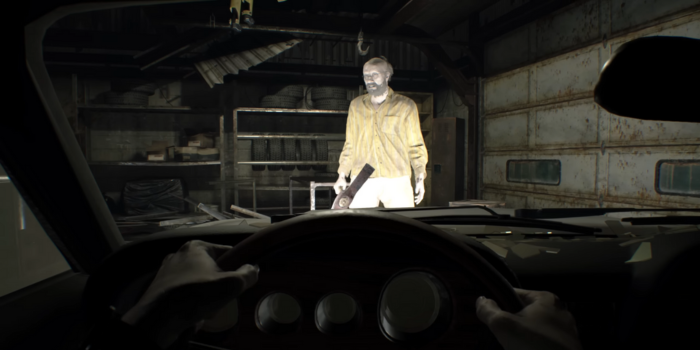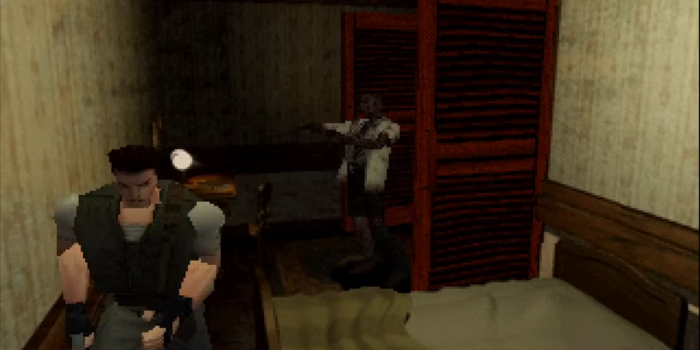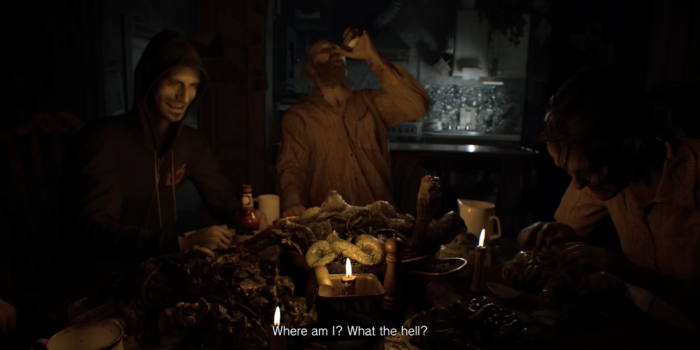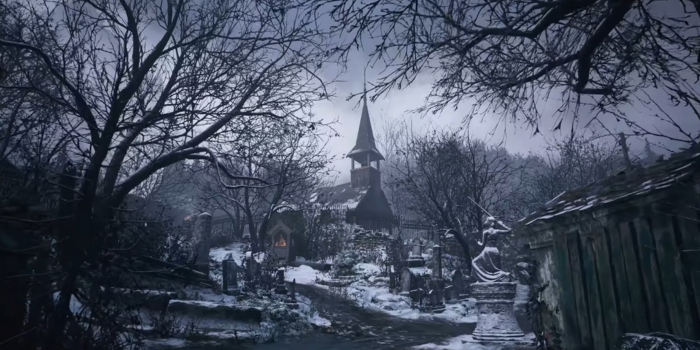Resident Evil Village: A Closer Look at the Evolution of Horror in the Series
2025-12-22

The Resident Evil series has been a pivotal force in defining the survival horror genre since its inception in 1996. With the release of "Resident Evil Village," Capcom has not only expanded on its storied legacy but also redefined what fans expect from horror-based video games. This article explores the evolution of horror throughout the series, focusing on how "Resident Evil Village" synthesizes elements from its predecessors while introducing fresh innovations to terrify and engage players in new ways.
Roots of Terror: The Original Resident Evil
The journey began with the original "Resident Evil," released for the PlayStation. As players ventured into the eerie Spencer Mansion, they encountered intricately designed puzzles, limited resources, and the ever-present threat of zombies and other monstrous creatures. The game's fixed camera angles and clunky controls intensified feelings of vulnerability, making every corridor and corner a potential source of dread. The gameplay emphasized scarcity and strategy, requiring players to conserve ammo and health supplies, which amplified the game's tense atmosphere. Additionally, the game's narrative, focusing on bioengineering and corporate malfeasance, set a compelling backdrop that would become a cornerstone for the series' plot.
Evolution in Gameplay and Storytelling: Resident Evil 4
By the time "Resident Evil 4" was released in 2005, the franchise had seen a significant transformation. Shifting from the traditional fixed camera to an over-the-shoulder perspective, this installment offered players a new level of control and immersion. "Resident Evil 4" was praised for revitalizing the series, particularly with its refined gameplay mechanics and more dynamic combat scenarios.

Leon S. Kennedy, the hero of the game, embarks on a thrilling quest to save the President's daughter, blending spooky elements with heart-pounding action sequences. This blend marked a pivotal shift in the series' direction, moving slightly away from pure horror to incorporate action-adventure elements, making the terror feel both immediate and intense.
Return to Horror Roots: Resident Evil 7
"Resident Evil 7" marked a return to the series' horror roots with a first-person perspective that heightens the immersion and terror. Set in a dilapidated plantation mansion in rural America, this game introduces a new set of antagonists, the Baker family, who provide a constant sense of threat and unpredictability.
The game substantially dialed up the horror element, focusing on evasion and survival rather than combat. The use of a first-person perspective, combined with a photorealistic graphical style achieved through the RE Engine, provided a deeply personal and terrifying experience. Puzzles and resource management still played essential roles, connecting the game to its predecessors while forging a new path in horror.
Amalgamation of Influence: Resident Evil Village

"Resident Evil Village" continues the story of Ethan Winters, first introduced in "Resident Evil 7." This installment brings together the claustrophobic terror from its predecessor with lessons learned from the entire series—mixing puzzle-solving, resource management, and combat with a deeply psychological narrative.
The game's setting, a secluded village blanketed in snow, fraught with dark folklore and grotesque creatures, takes inspiration from various European myths and horror legends, creating a unique blend of horror that is both familiar and novel. The inclusion of a broader array of enemies and a slightly more forgiving resource management system integrates the action-oriented gameplay of earlier installments with the oppressive atmosphere of the more recent entries.
The Village as a Character
One of the game’s standout features is the village itself—almost a character on its own. This living, breathing environment full of menacing enemies and cryptic lore significantly enhances the horror experience. As players explore deeper, they uncover the village's secrets, each layer adding to the narrative's depth and the overall sense of dread.
Psychological Horror and Character Development

Ethan Winters' character development is pivotal in "Resident Evil Village." His story arc, woven through terrifying encounters and personal losses, engages players emotionally, adding psychological depth to the horror. This, coupled with sophisticated storytelling techniques, makes the terror feel more intimate and unsettling.
Impact on the Horror Genre
"Resident Evil Village" not only pushes forward the boundaries of survival horror but also reflects on its heritage, drawing elements from each phase of the series' evolution. This title has shown how adaptive the series can be, merging various aspects of gameplay mechanics, storytelling, and atmospherics to cater to both long-time fans and new players.
The game’s ability to incorporate action without undermining the horror elements is a testament to Capcom’s mastery in evolving the genre. With each new release, "Resident Evil" continues to redefine survival horror, setting higher standards for the genre and expanding the narrative possibilities within video games.
Conclusion
The "Resident Evil" series has come a long way since its debut, growing from a pioneering survival horror game to a complex, multi-faceted series that continually challenges the boundaries of the genre. "Resident Evil Village" encapsulates the evolution of the series, showcasing how Capcom has ingeniously balanced nostalgia with innovation to craft a gripping, terrifying, and unforgettable experience. As the series grows and transforms, it solidifies its place not only in the realm of horror but also in the annals of video game history.


